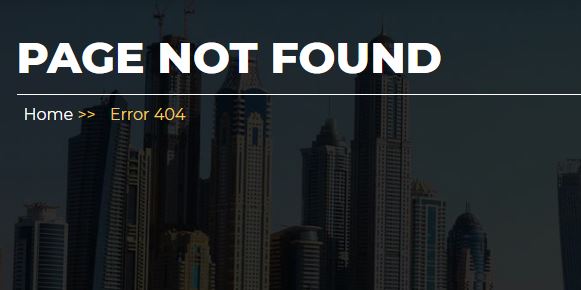Internal linking is an important aspect of an effective SEO internal linking strategy. There are many reasons people link one page on their website to another and it is that it improves the user experience by making navigation easier. It helps visitors discover and create new content. It also distributes the ranking authority among the pages. Besides all this, internal linking in SEO rarely gets the attention it deserves. Internal linking is an equally important link-building strategy in SEO but due to backlinking, it gets overshadowed. So, by default, most people commit internal linking mistakes when adding internal links to the website.
In this post, We will discuss the best practices for internal linking & some of the most common SEO internal linking mistakes and how to avoid them
What are some of the most common internal link-building mistakes?
Google’s first ranking algorithm analyzes the quality and quantity of links on a page. It helps search engines like Google to acknowledge the page’s importance and rank it accordingly in the Search engine result pages. These links may include internal links, external links, and backlinks. Internal linking is equally important. It is not all about connecting pages on your website but many other things you should keep in mind to avoid internal linking mistakes. Well, the most common and frequent mistakes made by people doing internal linking for SEO are mentioned as follows:
1. Improper Anchor Texts
Anchor Text is defined as the highlighted is the visible and clickable set of words in a hyperlink. Most of the time an anchor text will appear blue. Well, it is customizable. You can also optimize your website link colours and styles using HTML or CSS. It is considered an important part of link-building be it both internal and external. If they are used properly, they give crawlers and users a good idea about the linked page. Otherwise, they can cause more harm than good.

2. Broken Links
Broken links are the links that don’t work for the following reasons, first is that it might have been linked to an incorrect URL or the target page no longer exists. Broken links whether internal or external, negatively impact your SEO. It is because broken links lead to a bad user experience and affect the flow of link equity on your website. The search engines acknowledge it as a low-quality signal and devalue your search engine rankings. So, one must check and fix broken links effectively. Use white label SEO services for better results in search engines.

3. Excessive On-Page Links
Well, a popular saying goes like this and it says- Excess of anything is good for nothing and surprisingly it applies to internal link-building mistakes as well. Excess of it is dangerous and threatens your SEO negatively. When you add a page with too many internal links in SEO then search engines feel that you are spamming. It also hampers your user experience and engagement. Hence, it can seriously affect your rankings and let us show you how:
- The link equity gets divided equally among all the linked pages so that each page gets a smaller share.
- Users stop reading from your website and jump to the linked page making increased page views but dwell times reduce.
- Search engines don’t crawl pages after their budget is exhausted. This is where important pages might get missed.
The solution to all of this is simply restricting the number of internal links on a page.

4. Header Tags Linking
Header tags or headings on a web page can demonstrate its hierarchy and structure. But if it is noticed that links are pointing to other pages in headings then do remember, it is a bad internal linking practice. Internal links in header tags confuse the search bots of Google and they are in a fix as to index the rest of the content or to follow the link. Hence, it can significantly damage your search engine rankings. Here, The best practice for internal linking is to optimize headers to make them relevant to the webpage itself.

Conclusion
As one of the best White Label digital marketing agencies, White Label SEO Lab has curated the top harmful internal linking mistakes that ultimately lead to the downfall of your SEO strategy. We have also sectioned out various ways through which you can obtain and make use of these link-building services to the fullest by avoiding some mistakes that most people make while going for them. To discuss more about your requirements, feel free to reach out to us and our consultants will come up with a custom internal linking strategy that meets all your requirements and helps with SEO performance.
I am 10-year experienced digital marketing expert with experience of managing Local SEO, PPC, and Social media accounts.
